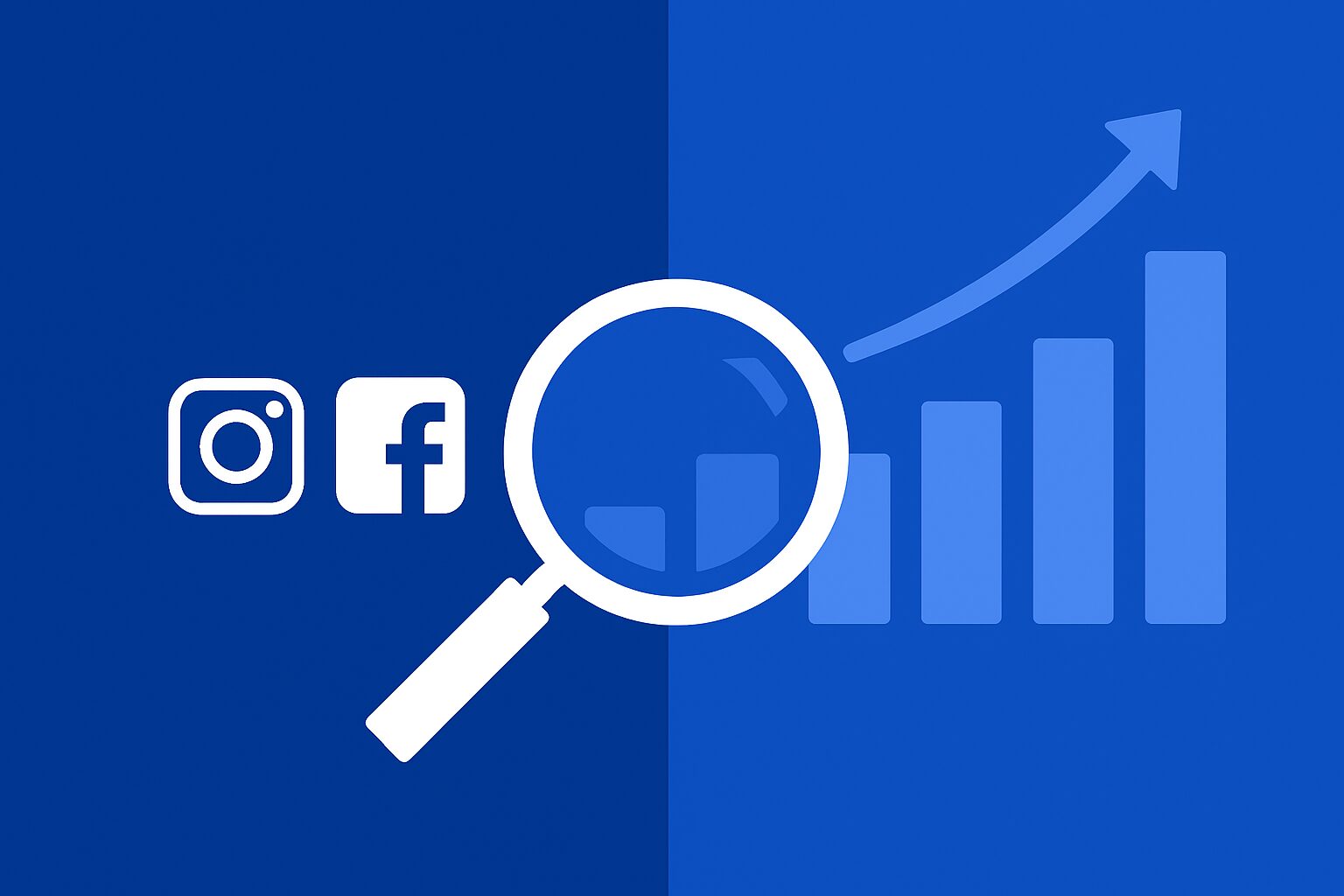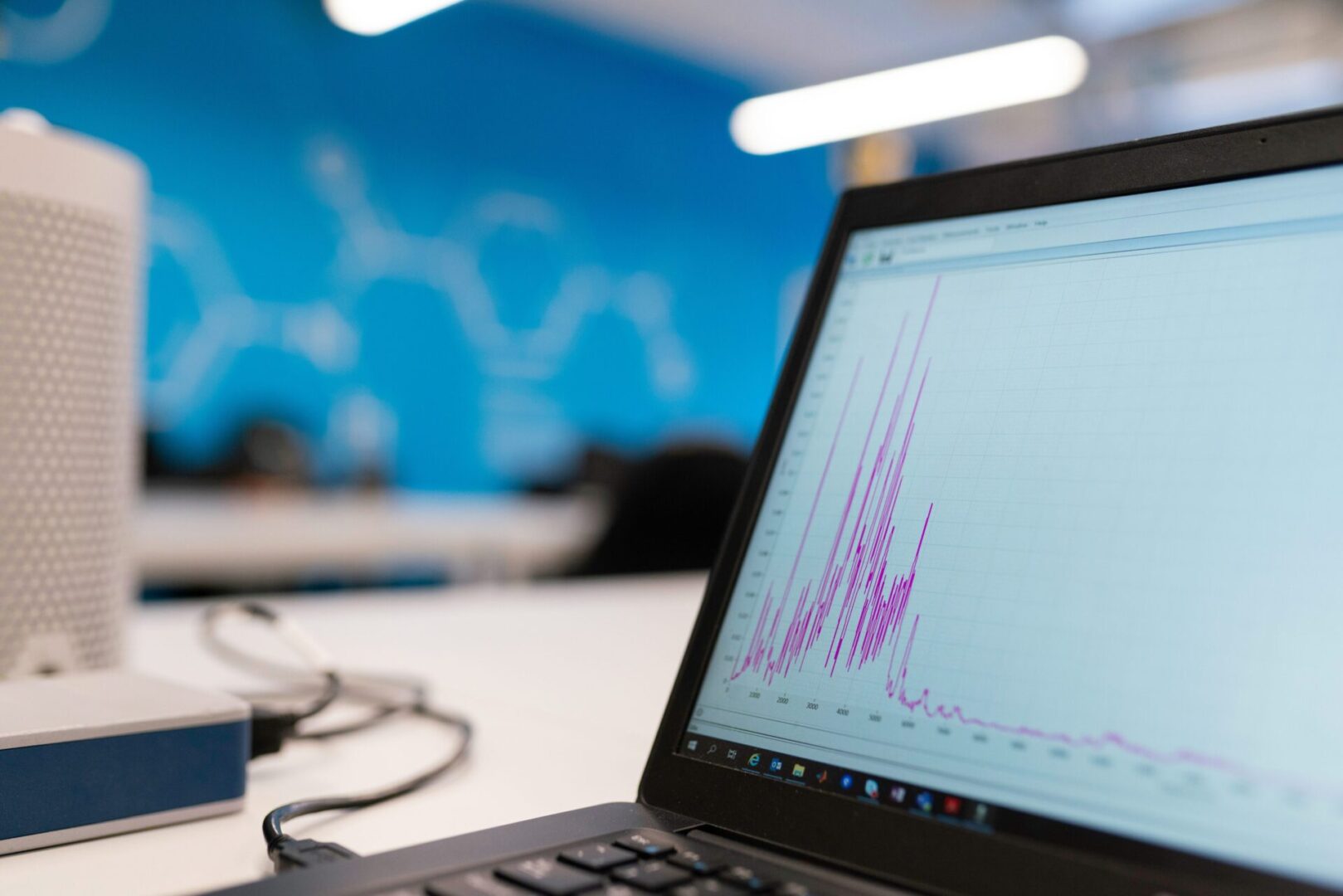Back to homepage Blog Why is there a difference in conversions’ count between Meta and analytics solutions?
Table des matières
Why is there a difference in conversions' count between Meta and analytics solutions?
- 5 min de lecture

Origin
The origin of this analysis comes from an observation: the number of Meta conversions counted by the analytical solution is much lower than the number of conversions counted by Meta. This difference can be more than 90%, always in favour of Meta according to Meta interface.
This problem could be identified because TrackAd aggregates the information from the traffic sources – Meta in this case – and the analytics solution in the same interface.
Analysis
Meta attribution
The first thing we checked was the attribution configuration in Meta.
We found that for all users with a big difference, the attribution set at Meta level contains Post view tracking. This explains a difference because the analytics solution does not bring up the post view information from Meta.
In order to understand how much of the conversions tracked by Meta are Post view and Post click, we used TrackAd connector to retrieve the number of Post view conversions and Post click conversions through API. This attribution analysis, which used to exist directly in Meta, is no longer available.
In our analysis we did not use the Last Click attribution of the analytics solution, but the presence of Meta in the conversion paths, brought up by TrackAd using the tracker of the analytics solution. This number is close to the notion of Post click of Meta.
The results that emerge are:
- From 72% to 96% of Meta conversions consist of 1-day post view conversions
- The participation reported by TrackAd corresponds to 70% of the Post clicks identified by Meta in the best case and 30% in the worst case
Data verification
The 30% to 70% difference between the conversions tracked by Meta and by the analytical solution is still too high to be considered normal.
We went further in the analysis to find additional reasons for these differences.
Here are some of them:
- There are campaigns in Meta that do not redirect to the main site tracked by the analytics solution but to another domain name. In this case, the resulting conversions are counted by Meta but not by the analytics solution, because it is not the same site.
- There are missing tracking codes in the redirection from Meta. Therefore, the analytics solution does not identify Meta as the source of the traffic.
- Meta counts clicks while the analytics solution counts sessions. This means that a click on a link in Facebook or Instagram will always be counted by Meta. But if the user closes the window before the analytics tracker is called, the session will not be counted by the analytics solution. The same applies to users who do not allow cookie tracking: their clicks are counted by Meta, but their sessions are not counted by the analytics solution.
- Meta tracks conversions that were generated on a device where the user is logged in and finalized on another device. Whereas an analytics solution will not associate this conversion with Meta. We have made an estimate of the share of conversions affected by this scenario but Meta seems to have removed access to this information.
- Meta is capable of tracking conversions that are initiated on one device where the user is logged in, and completed on another device, even if the user is not logged in on that second device. This kind of cross-device tracking is not captured by traditional analytics solutions, which are unable to link these steps together. As a result, Meta’s impact as a journey initiator is underestimated. This leads to a biased perception of its incrementality, which is actually higher than what measured data suggests.
- Meta uses an Aggregated Event Measurement (AEM) system that includes modeled conversions for iOS users who have opted out of tracking via ATT. These conversions are not visible in analytics solutions and are probabilistically estimated by Meta.
- Meta can count the same conversion multiple times if the conversion tracking event is misconfigured. Since it’s not possible to export conversion IDs from Meta, the impact is impossible to quantify. Therefore, it’s important to verify this event. The error may stem from counting a Meta conversion both via a “rule” (e.g., the page URL contains “thank-you”) and via a “tracker.”
Advice
- Change the conversion attribution settings in Meta to remove Post-view and retain only Post-click.
- Check how conversions are counted in Meta: either by tracker or by rule, but not both simultaneously.
- Set up a custom event in Facebook and Instagram called “tracked conversions” and trigger this event when a conversion occurs.
- Implementing Meta Conversion API (CAPI), in addition to the Pixel, helps ensure more reliable conversion tracking, especially for iOS users or in cookie-less environments.
- It is essential to configure priority events in AEM and use the Events Manager to diagnose potential errors.
- Check the quality of the traffic. Based on data from numerous advertisers, we’ve observed that Meta generates traffic with a high rate of new visitors and bounce—sometimes three times higher than the site average. This can significantly affect conversion path tracking.
- Ensure that the redirects entered in Meta are properly set up. They must point to your website, include correctly formatted tracking codes (no spaces), link to working pages, and have a functioning tracker on each of them.
Articles recommandés

- Attribution, Contribution

- Attribution, Contribution



